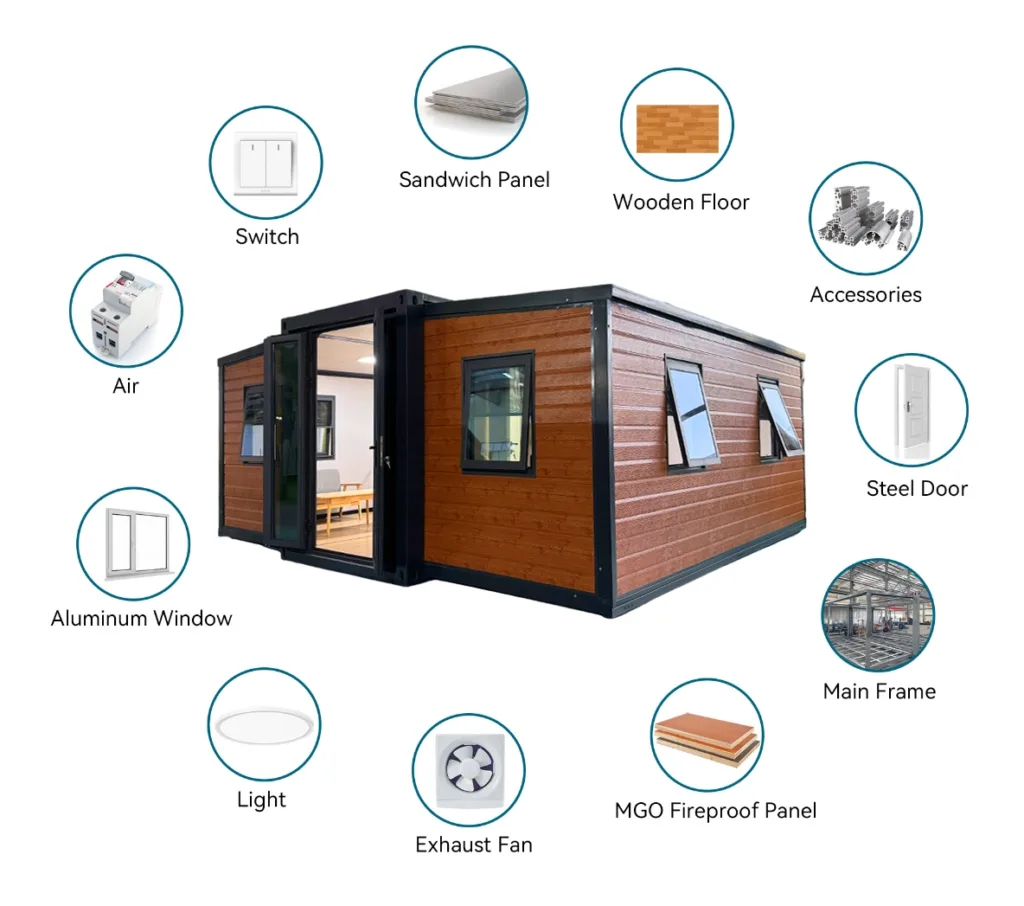Expandable container homes are, in my opinion, one of the most underrated modular building solutions today. To be honest, I’ve come across countless designs over the years, but expandable container homes — or “expansion boxes,” as I like to call them — always leave a strong impression on me. Many people still see them as simple “construction site dormitories,” but I personally believe they’re more like a set of “building Lego blocks,” where creativity decides everything. Today, I’d like to share six real cases I’ve personally seen or participated in, along with some of my thoughts and experiences from this fascinating industry.
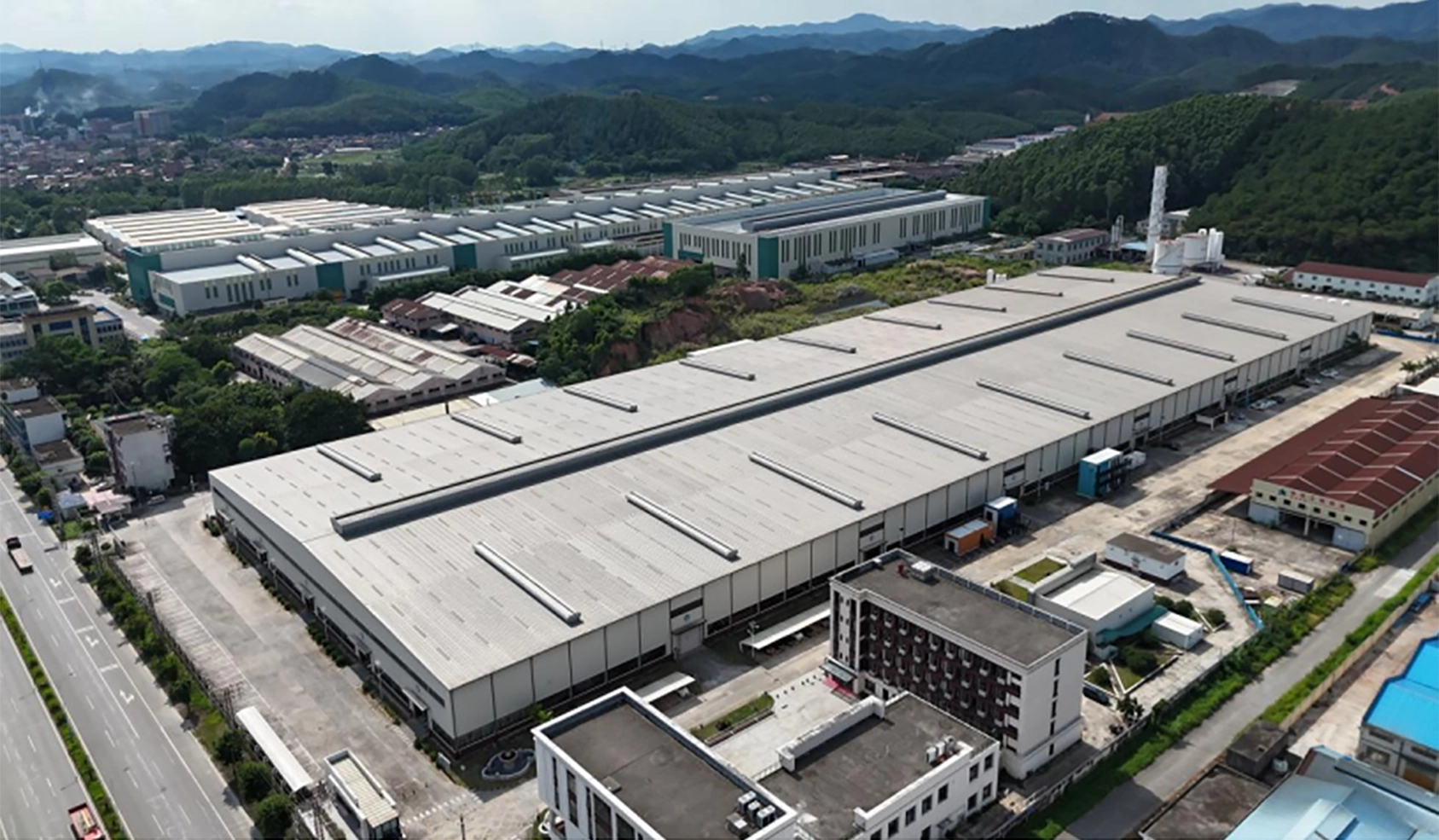
1. Flexible Accommodation: A “Smart Camp” That Grows on Demand
I once worked on an energy project where the team size fluctuated at different stages. Initially, they used expansion boxes to build only the core dormitories. As the team grew, new units could be added at any time, just like building blocks. This approach avoided overbuilding initially and preventing overcrowding later on. Watching these boxes gradually expand, I suddenly realized that temporary accommodation could be this “smart.”
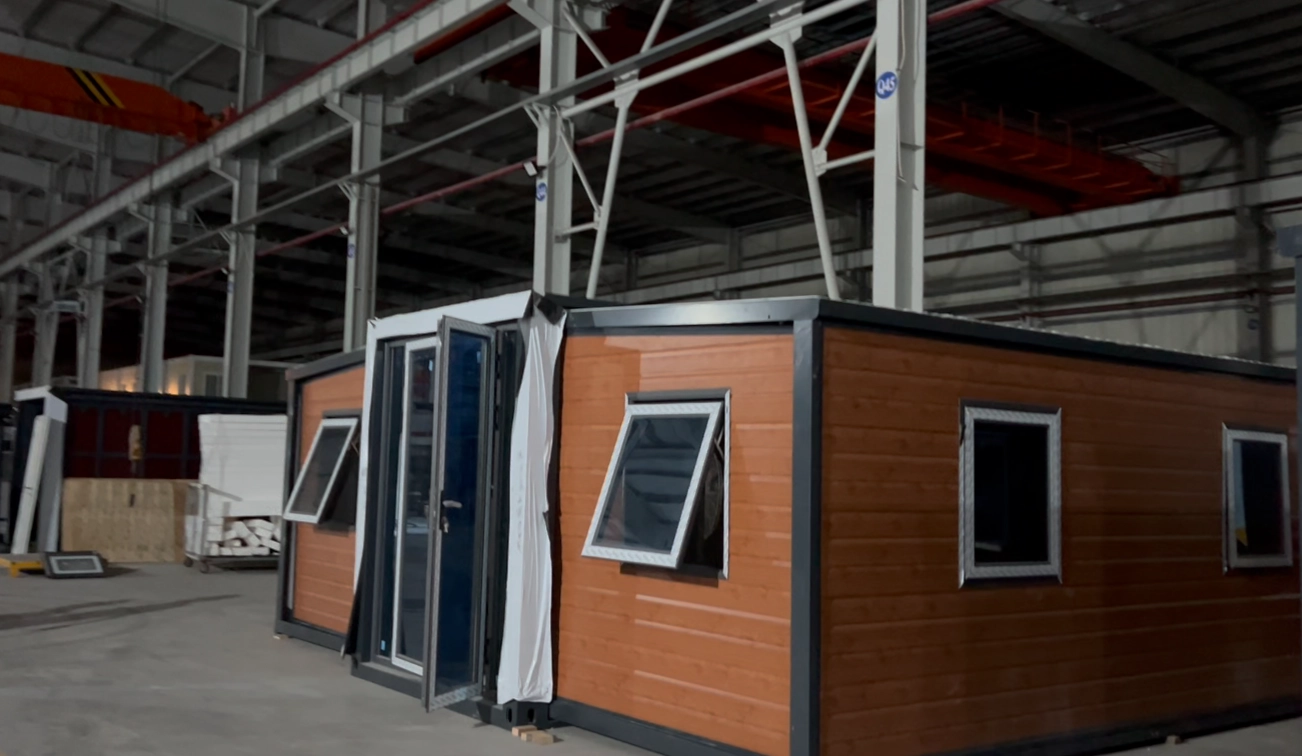
2. Mobile Offices: Headquarters “Moves” with Projects
I also met a surveying company whose projects span the country. The traditional approach would be to rent an office in each location, which was both cumbersome and expensive. Instead, they customized several expansion boxes, each housing a professional office environment and resembling a mobile business card. This allows the headquarters to move with the projects, eliminating the need to waste fixed costs on rent. I think this is a pretty clever idea.
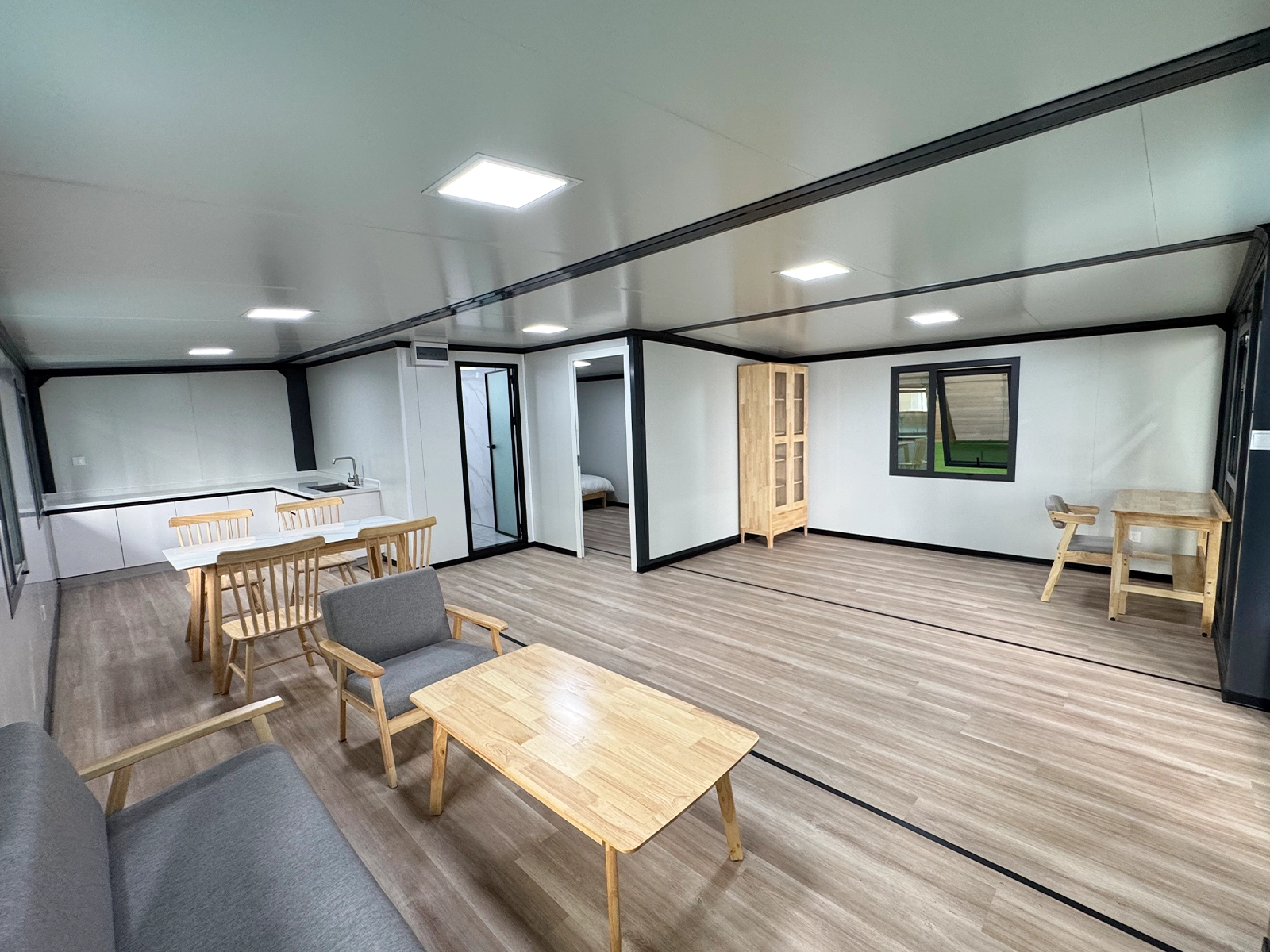
3. Creative Business: Low-Cost Influencer Spaces
More and more brands are using expansion boxes as pop-up stores, cafes, and even small bookstores. The industrial style is inherently attractive, easily attracting photos and social media posts from passersby. Imagine how a small expansion box can quickly become a social media sensation, all at a reasonable cost. It’s a win-win both online and offline.

4. Emergency Rescue: A “Lifeline” in Disasters
During a post-disaster rescue operation, I witnessed a fleet of expansion boxes erecting a temporary command center, medical station, and resettlement housing in less than a day. They’re fast, stable, and well-sealed. In an emergency like that, every second could save a life, and I truly felt the power of technology—it directly protected lives.
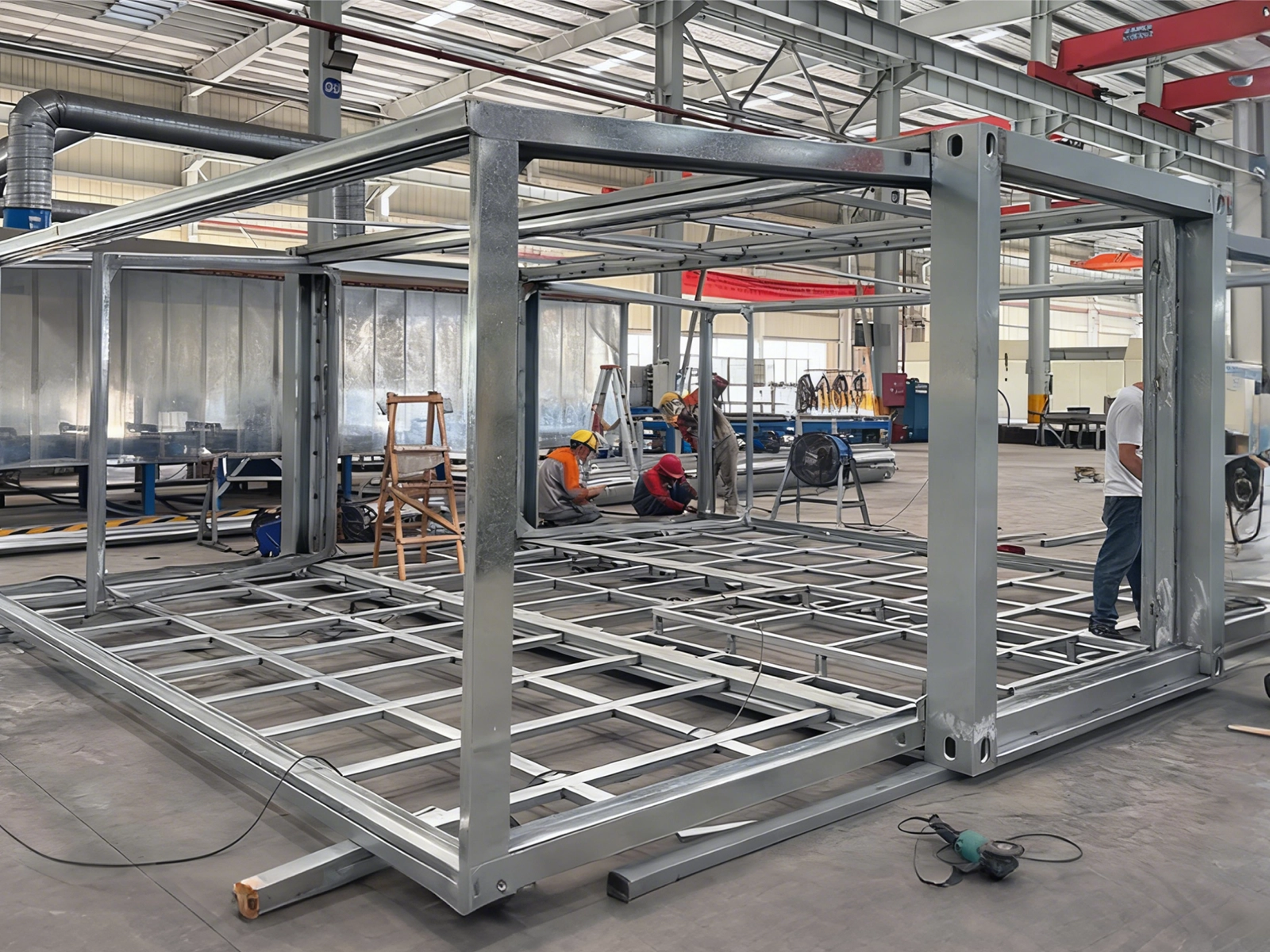
5. Public Space: “Small Flexibility” in the Community
Expansion boxes are also quietly transforming urban public spaces. In an old city renovation project, some boxes are being used as temporary community libraries, children’s activity centers, and convenience service stations. Lightweight and flexible, they slot into urban spaces, providing the community with usable space before formal infrastructure construction is complete. Looking at these small boxes, I’ve even developed a fondness for them.

6. Sustainability: The Wisdom of Recycling
Finally, what I appreciate most is the environmental value of expansion boxes. The durable steel structure and modular design allow for reusable space, reducing construction waste. Choosing them is not only about cost savings but also about being environmentally responsible.

Summary
Looking back at these cases, I believe the usefulness of expansion boxes lies not in their universality, but in their ability to precisely address the current demand for flexible, low-carbon, and thoughtful spaces. If you’re also looking for a space solution, think beyond the “it’s just a box” mentality and ask yourself: “What kind of space experience do I want?” GS Housing’s 20-40 foot custom design services may offer unexpected inspiration.
